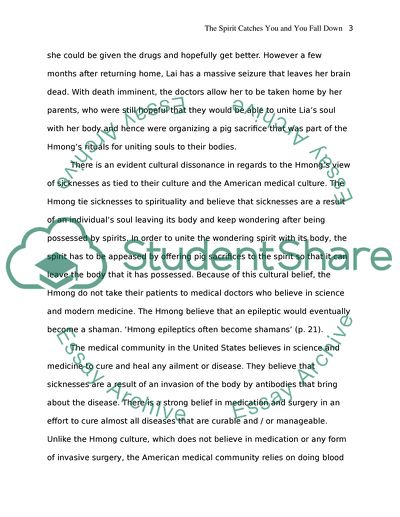Cite this document
(The Spirit Catches You And You Fall Down Book Report/Review, n.d.)
The Spirit Catches You And You Fall Down Book Report/Review. https://studentshare.org/literature/1574113-fadiamn-book-the-spirit-catches-you-and-you-fall-down
The Spirit Catches You And You Fall Down Book Report/Review. https://studentshare.org/literature/1574113-fadiamn-book-the-spirit-catches-you-and-you-fall-down
(The Spirit Catches You And You Fall Down Book Report/Review)
The Spirit Catches You And You Fall Down Book Report/Review. https://studentshare.org/literature/1574113-fadiamn-book-the-spirit-catches-you-and-you-fall-down.
The Spirit Catches You And You Fall Down Book Report/Review. https://studentshare.org/literature/1574113-fadiamn-book-the-spirit-catches-you-and-you-fall-down.
“The Spirit Catches You And You Fall Down Book Report/Review”. https://studentshare.org/literature/1574113-fadiamn-book-the-spirit-catches-you-and-you-fall-down.


